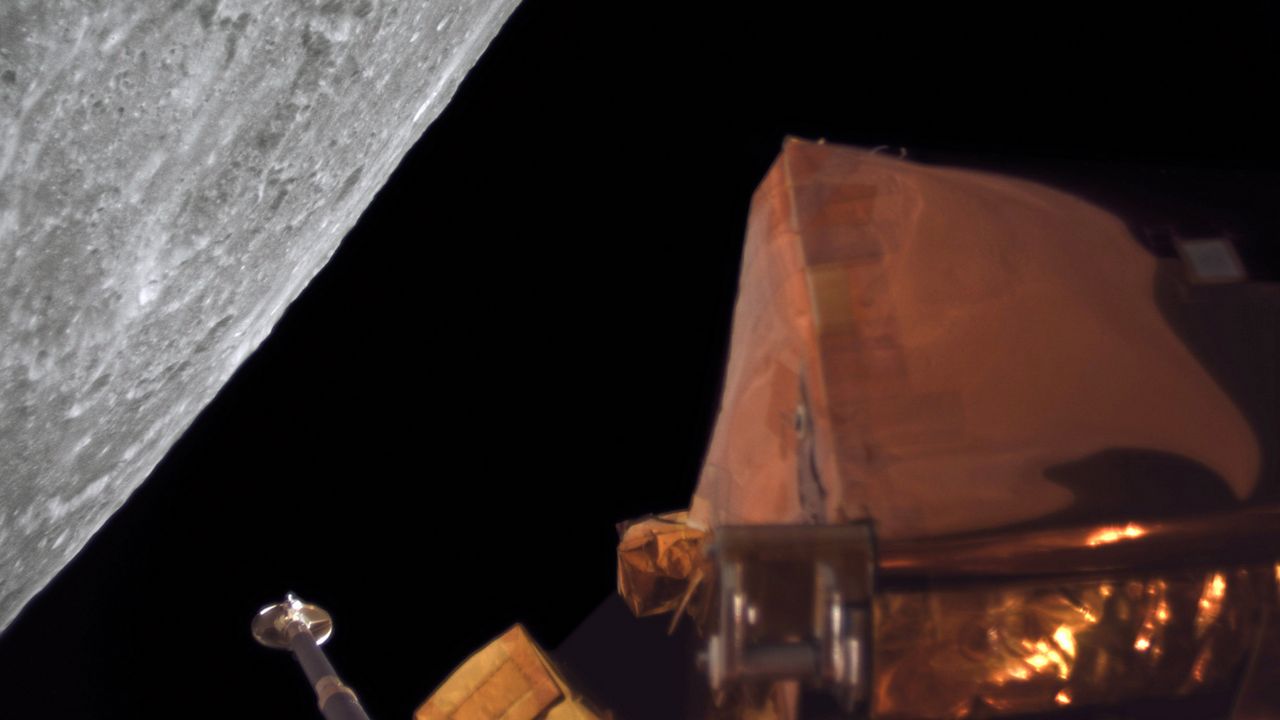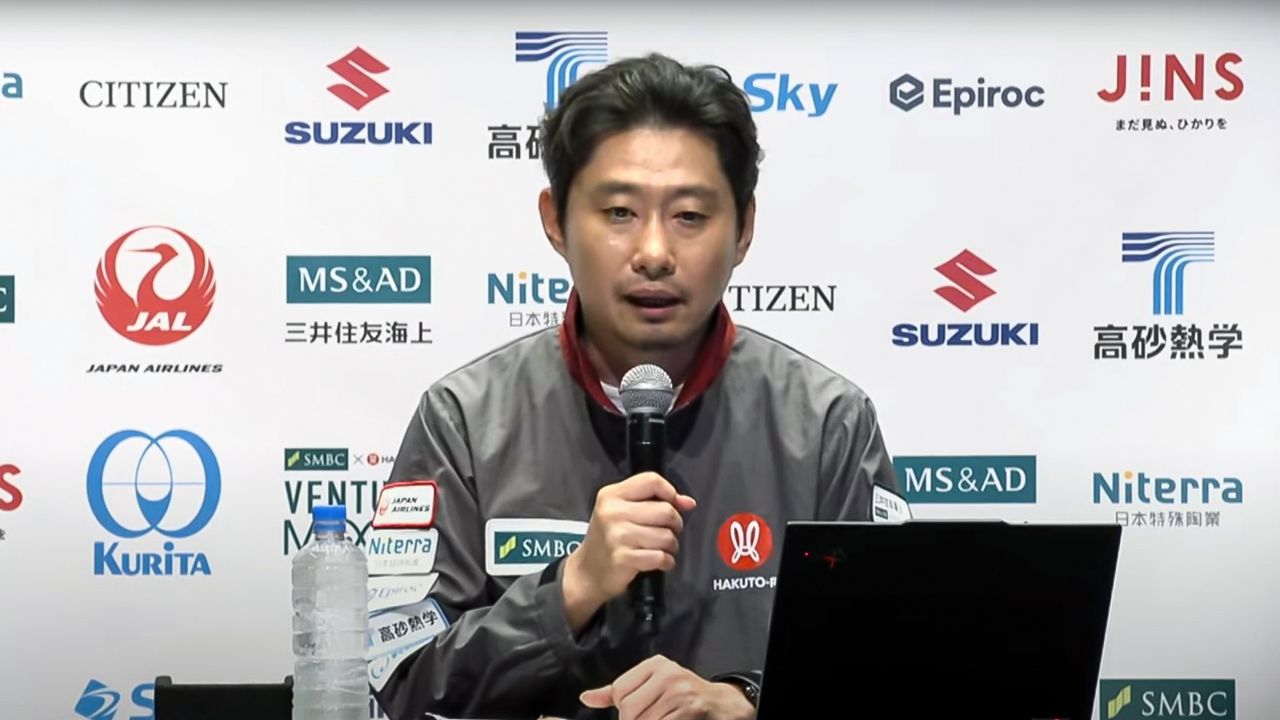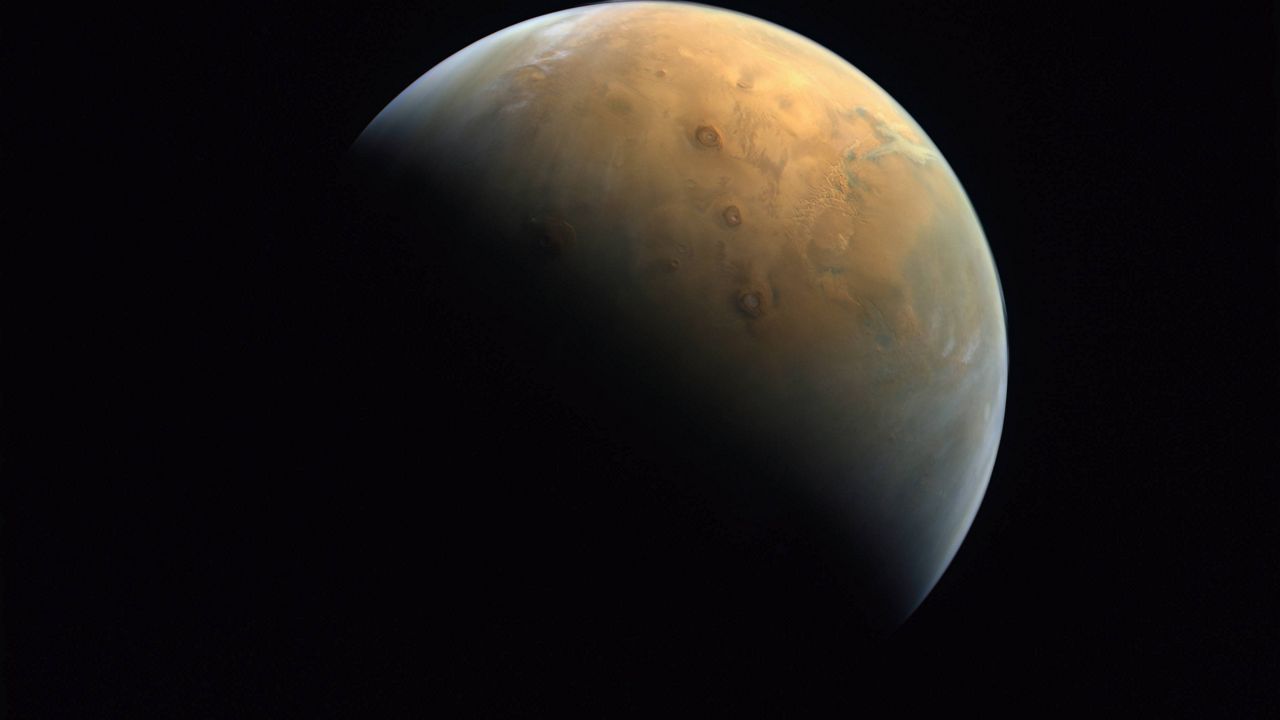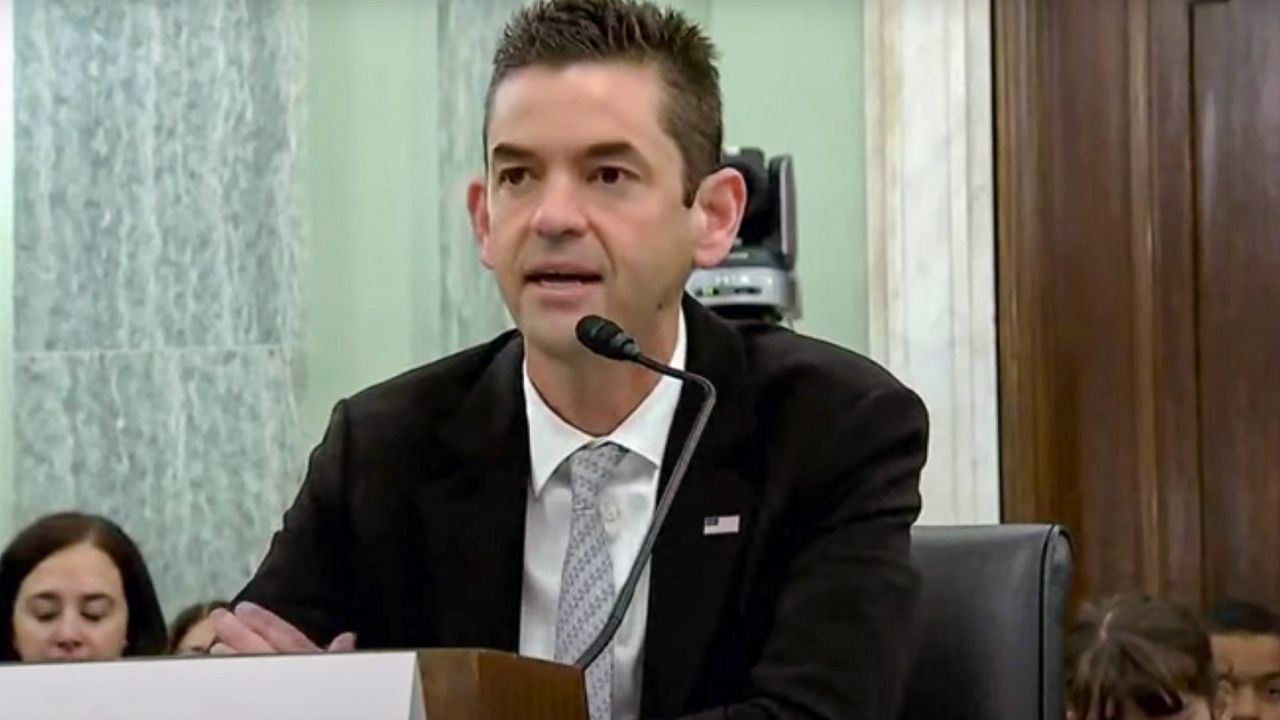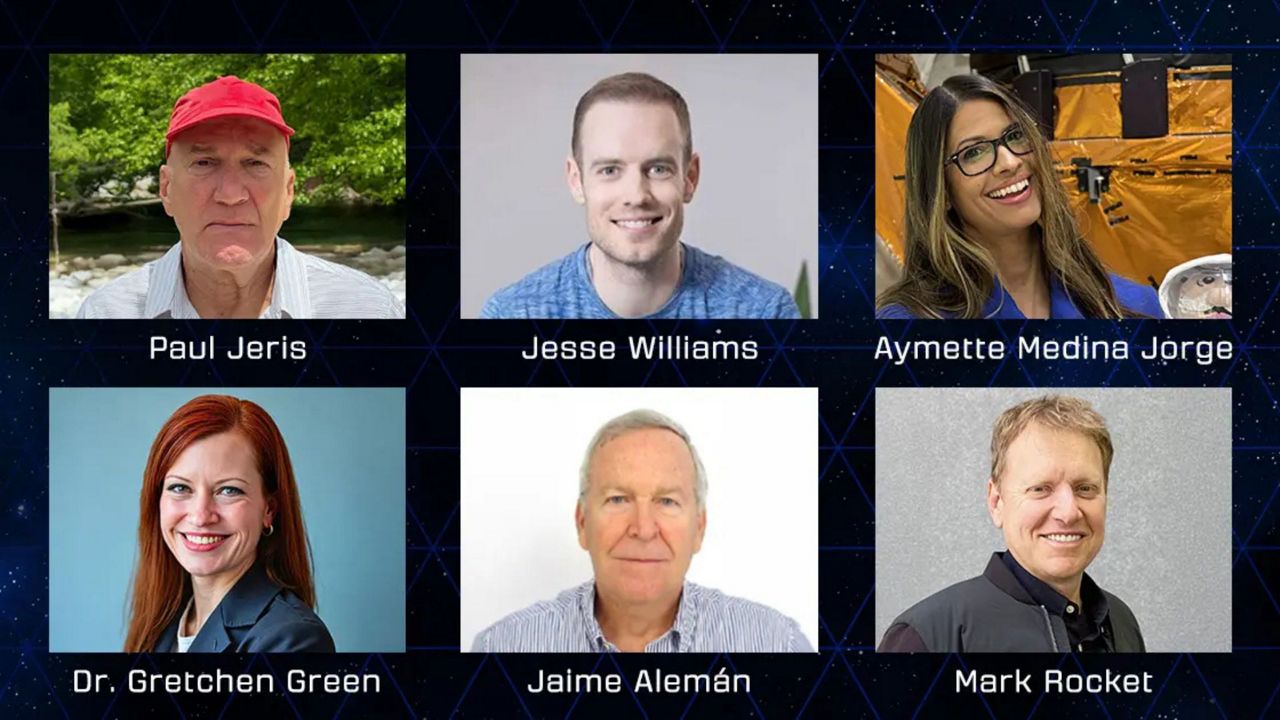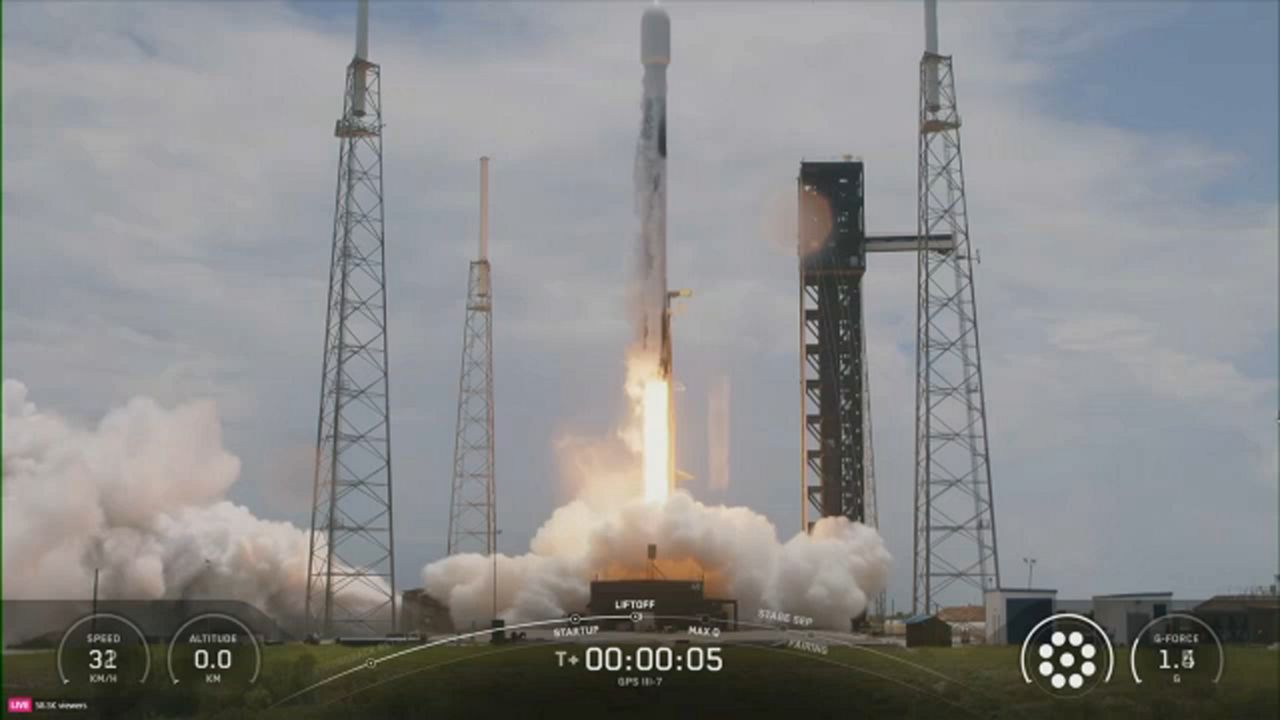KENNEDY SPACE CENTER — After launching from Florida's space coast and cruising toward the moon for the last five months, the Japanese company ispace is preparing to touch down its lunar lander on Earth’s little sister.
What You Need To Know
- ispace’s CEO Takeshi Hakamada shares with Spectrum News about his company’s second moon mission
- HAKUTO-R lunar lander named RESILIENCE and lunar rover TENACIOUS are expected to land on the moon on Thursday, June 5
In January of this year, ispace’s HAKUTO-R lunar lander named RESILIENCE and lunar rover TENACIOUS took off on a SpaceX Falcon 9 rocket from Launch Center 39A at the Kennedy Space Center.
Early this morning, @SpaceX successfully launched a pair of lunar landers from companies @Firefly_Space and @ispace_inc. Their next stop: The #moon.
— 🚀Anthony Leone🌕 (@AnthonyLeone) January 15, 2025
Video by me.
Get more about the missions in my article at @MyNews13: https://t.co/dgJD78cf1A pic.twitter.com/q7Zz3LPeXV
The HAKUTO-R Mission 2 has been traveling to the moon while performing various maneuvers and conducting tests before its big day of landing on the lunar surface on Thursday, June 5, at 3:34 p.m. ET.
If all goes well, the lunar lander will touch down near the Mare Frigoris (Sea of Cold) in the moon’s northern hemisphere.
And so far, ispace’s CEO and founder Takeshi Hakamada is quite pleased with HAKUTO-R Mission 2’s gain.
“We are very pleased with the progress that RESILIENCE has made. Compared to Mission 1, the journey has been very smooth for both the mission operators, but also for management. This reflects our ability to incorporate feedback learned during Mission 1 into Mission 2, not only from a hardware and software point of view, but also from mission control and operations,” he shared with Spectrum News in an email.
The first one, HAKUTO-R Mission 1, failed to land on the moon in 2023, due to low fuel.
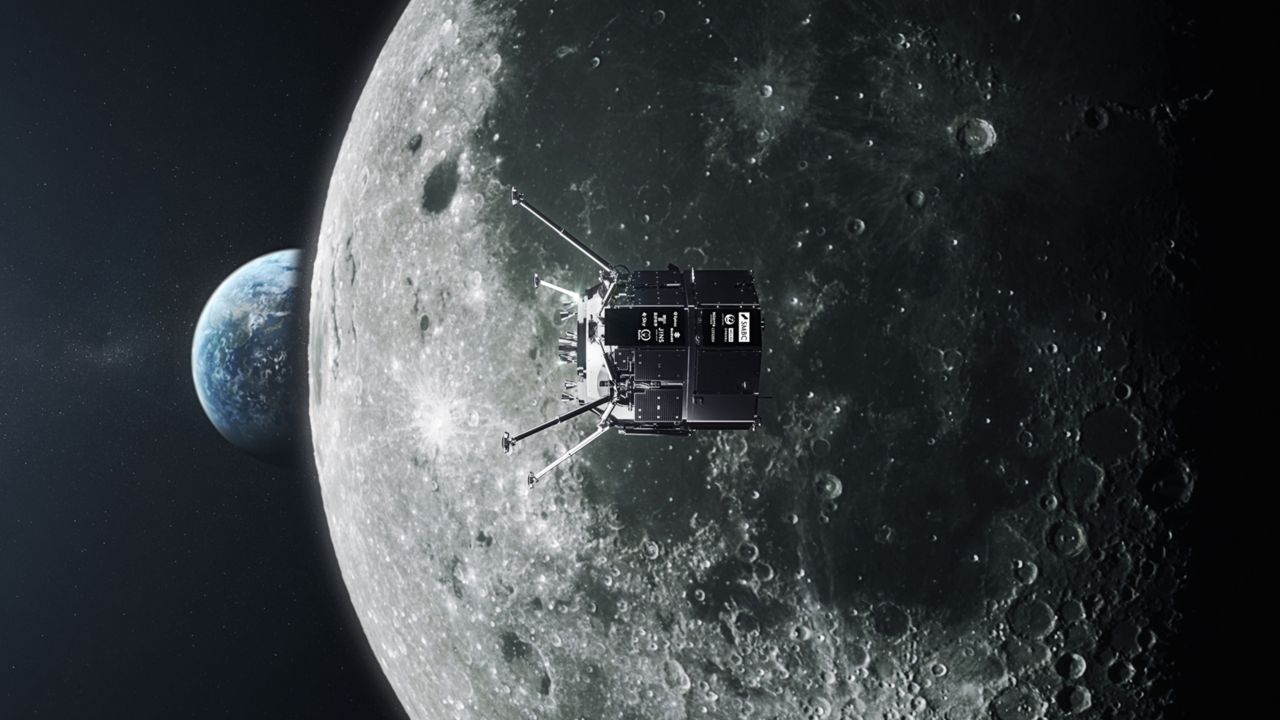
Hakamada described that the HAKUTO-R Mission 2’s lunar lander will complete about three orbital control maneuvers within a lunar orbit as it starts to descend for the landing phase.
Earlier this month, the lunar lander — coming in at 8.2 feet (2.5 meters) wide and 7.5 feet (2.3 meters) in height — entered lunar orbit.
Hakamada stated that his team has collected “valuable data” about the moon and their spacecraft.
“As for our team, we are also finalizing preparations for landing and also exploration on the Moon once we touch down. Our mission control operators in Tokyo are preparing for the descent and landing phase making sure systems are checked out and payloads are functional prior to the landing itself,” he stated.
He also added that the company’s European team based in Luxembourg are preparing for lunar surface operations, like deploying and driving the TENACIOUS micro rover.
A tiny but mighty rover
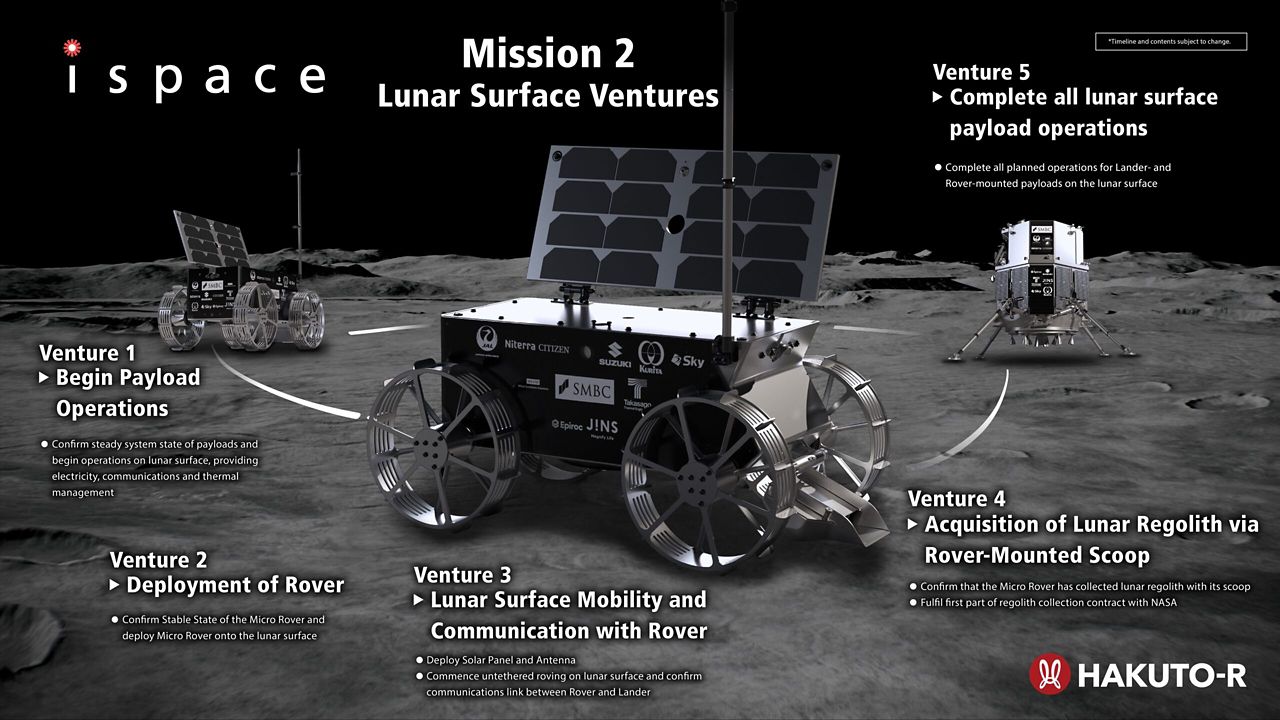
Weighing 11 pounds (5 kilograms), the rover is 10 inches (26 centimeters) tall, 12.4 inches (31.5 centimeters) wide and 21 inches (54 centimeters) long.
Some of TENACIOUS’ mission objectives is to be operational and collecting lunar soil, which will become the property of NASA due to an agreement.
“We expect TENACIOUS to deploy, move away from RESILIENCE, deploy the Moonhouse and in an exciting act, collect lunar regolith to complete a transaction with NASA. If we can complete it, this would be the first transaction of resources on the lunar surface and a significant step towards developing the cislunar economy, between the Earth and Moon,” Hakamada stated.
The Moonhouse is a piece of art by artist Mikael Genberg.
RESILIENCE’s own homework assignments
The RESILIENCE lunar lander will stay busy while TENACIOUS explores the moon’s surface.
In addition to the Moonhouse payload, there are others for the HAKUTO-R Mission 2:
- Water electrolyzer equipment from Takasago Thermal Engineering Company, a HAKUTO-R corporate partner
- A self-contained module for food production experiments from Euglena Company
- A deep space radiation probe developed by the Department of Space Science and Engineering, National Central University, Taiwan
- A commemorative alloy plate modeled after “Charter of the Universal Century” and developed by Bandai Namco Research Institute, Inc.
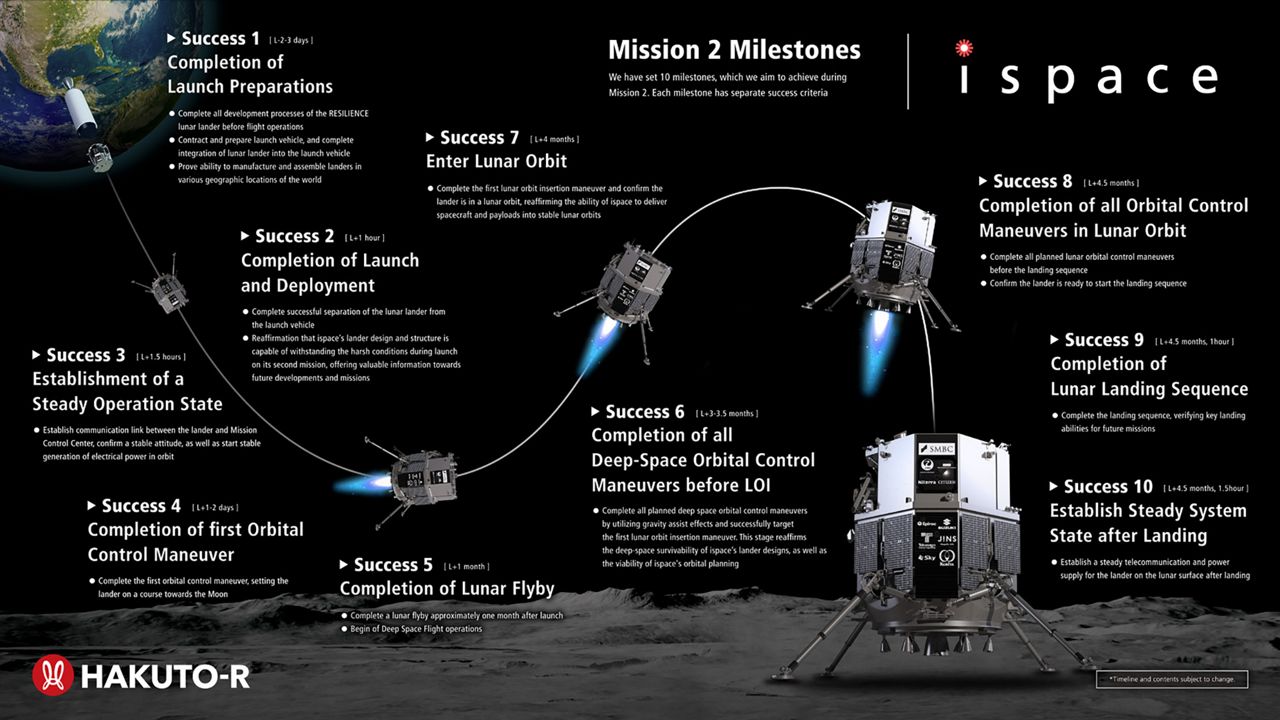
Both RESILIENCE and TENACIOUS only have two weeks to complete their mission objectives once they land on the moon.
“We expect to conduct operations 24/7 throughout the two-week period with experiments taking place on the surface and deployment of the TENACIOUS rover,” Hakamada wrote.
This two-week deadline is due to the moon going into a lunar night. A lunar night is about 14 Earth days, and a lunar day is another 14 Earth days.
An entire lunar day is about 27 Earth days, plus 7 hours.
Lessons learned from the HAKUTO-R Mission 1
As mentioned before, two years ago ispace attempted to land on Earth’s lunar sister and while it was not the successful mission as what was hoped, the lessons and data collected became valuable for this expedition.
“We learned a significant amount of extremely valuable know-how and data from Mission 1. We have already incorporated that into the full life cycle of Mission 2. For instance, the time it took to assemble the lander, test it and prepare it for launch was reduced significantly, the cost from the period was reduced and then the time it took for RESILIENCE to become operational following deployment was also reduced,” Hakamada shared.
Because of the experience from the first mission, ispace is using that understanding for their future endeavors, Missions 3 and 4 “as we create a continuous feedback cycle that will improve our business model and operations,” he commented.
A little celebration and then back to work
If all goes well and RESILIENCE sticks the landing, that would be a reason to celebrate.
“As for a celebration, we will have a short celebration based on our achievement, but we will immediately turn to work as we have approximately 14 days of exploration activities planned including scientific expermients and deploying the TENACIOUS rover onto the lunar surface,” Hakamada admitted.
And once work has ended for Mission 2, the ispace team will collect and analyze that data and information to be used for the next missions.
“We are already preparing for future missions with development under way. ispace-U.S. is developing our next model of lunar lander, one that has 10x the payload capacity of RESILIENCE, so we expect to be able to deliver larger payloads to the Moon,” said Hakamada, adding that the task is already underway outside of Denver at ispace’s U.S. branch.
And the Japanese-based company will be busy developing a similar-sized lunar lander for customers in Asia, he shared.
“We expect both landers to be ready to launch no earlier than 2027,” Hakamada revealed.
Getting there … not so easy
Getting to the moon and landing there successfully is no easy feat. Many other companies and space agencies from around the world have attempted to get to the moon.
Sometimes it was met with success. Other times, it was a bust.
Earlier this year in February, Firefly Aerospace’s Blue Ghost made history as being the first commercial lunar lander to successfully land on the lunar surface with its 10 NASA payloads.
Butin March, Intuitive Machines’ lunar lander Athena suffered a malfunction where it landed 820 feet (250 meters) from its landing zone. It ended up on its side in a crater, where it was low on power and it could not recharge.
Last year, Intuitive Machines did make history as the first commercial company to land on the moon. However, its lander named Odysseus had one of its legs break off during the landing attempt and tipped on its side.
The company Astrobotic confirmed that its Peregrine lunar lander lost fuel due to an anomaly and it did not reach the moon after the maiden flight of United Launch Alliance’s new Vulcan rocket in January 2024.
However, others have had success, like China's Chang's 6 probe collected lunar rock and soil samples and returned to Earth in 2024.
In August of 2023, India became the fourth country to successfully put a lander on the moon.


